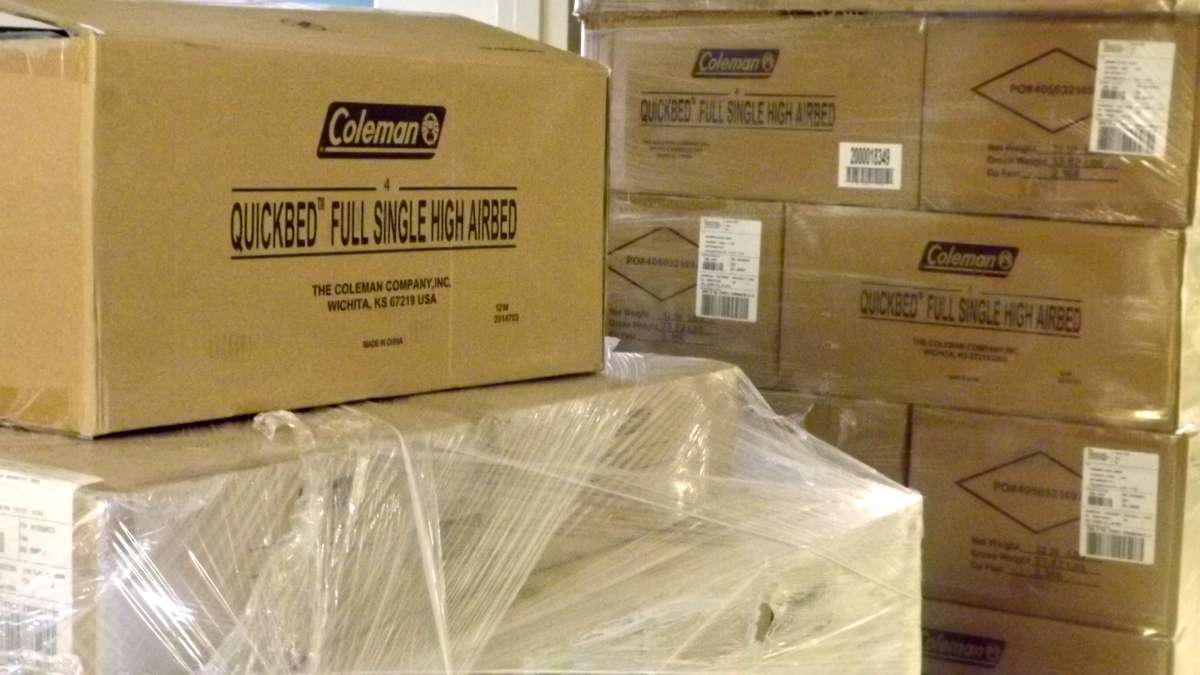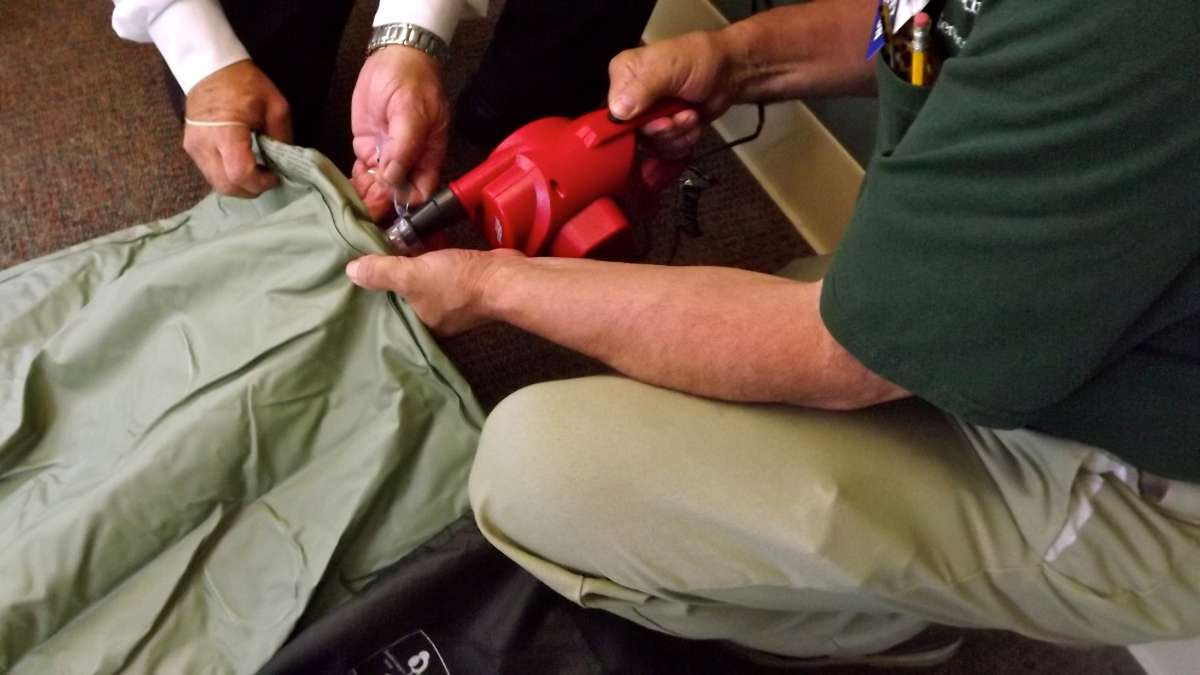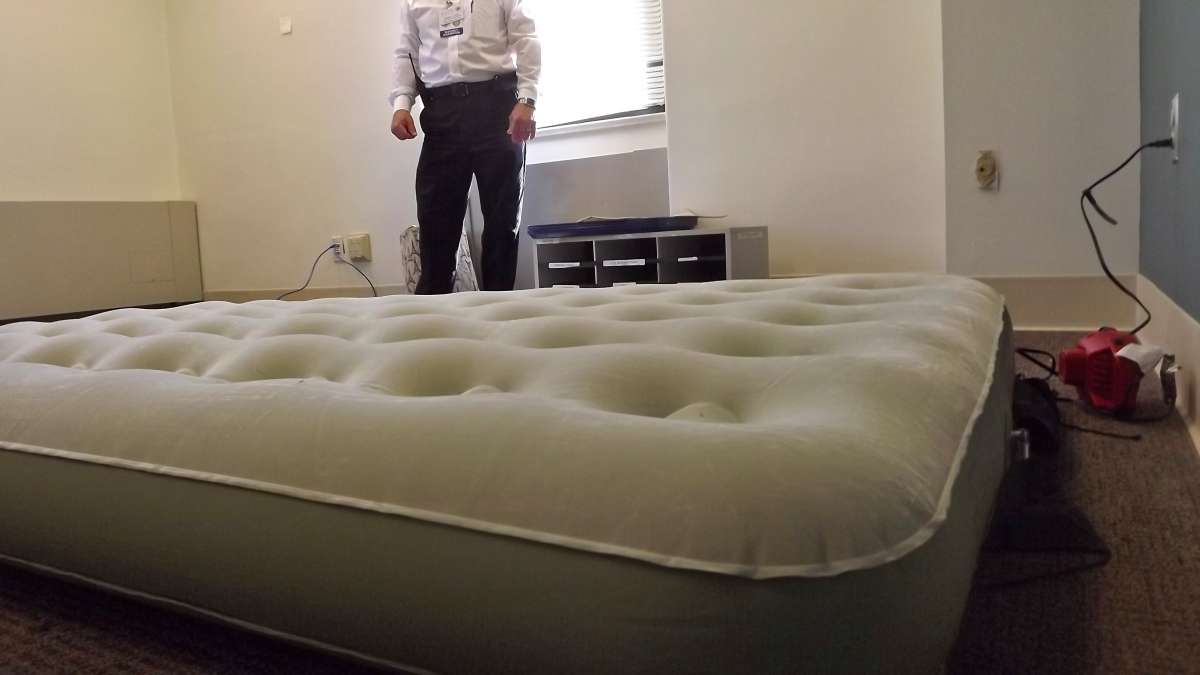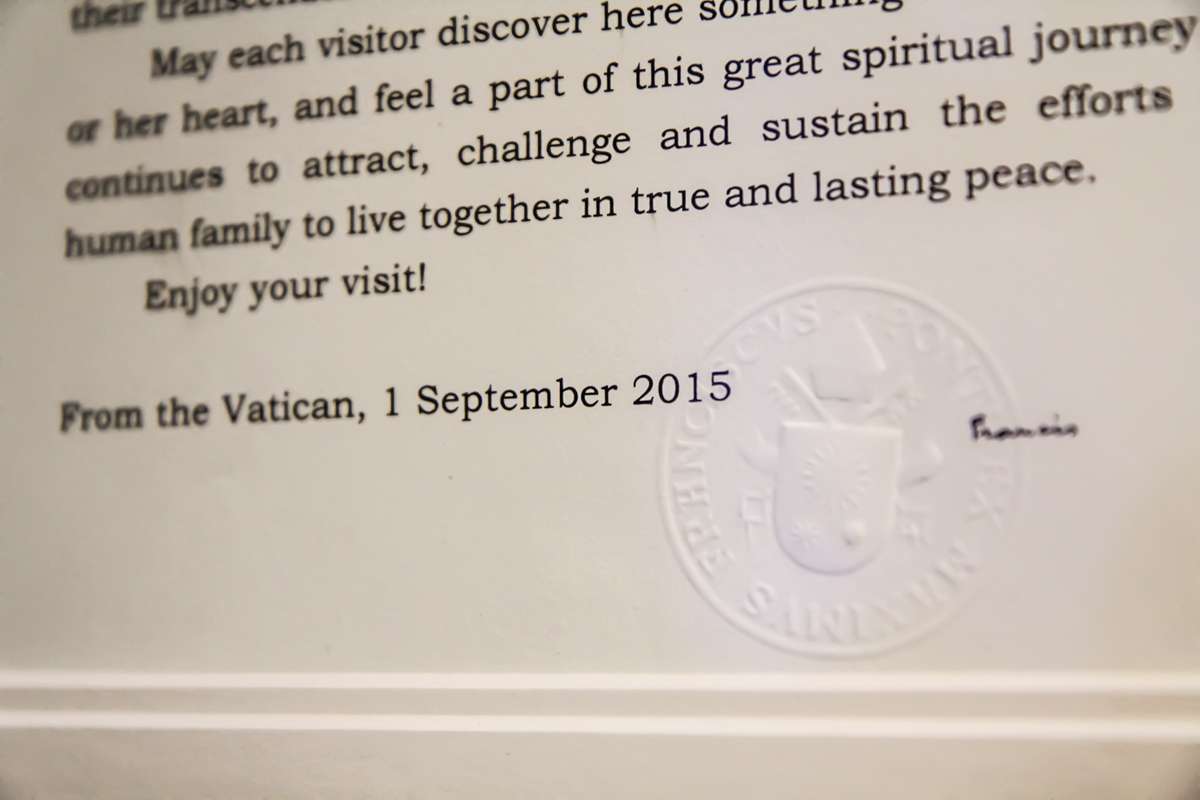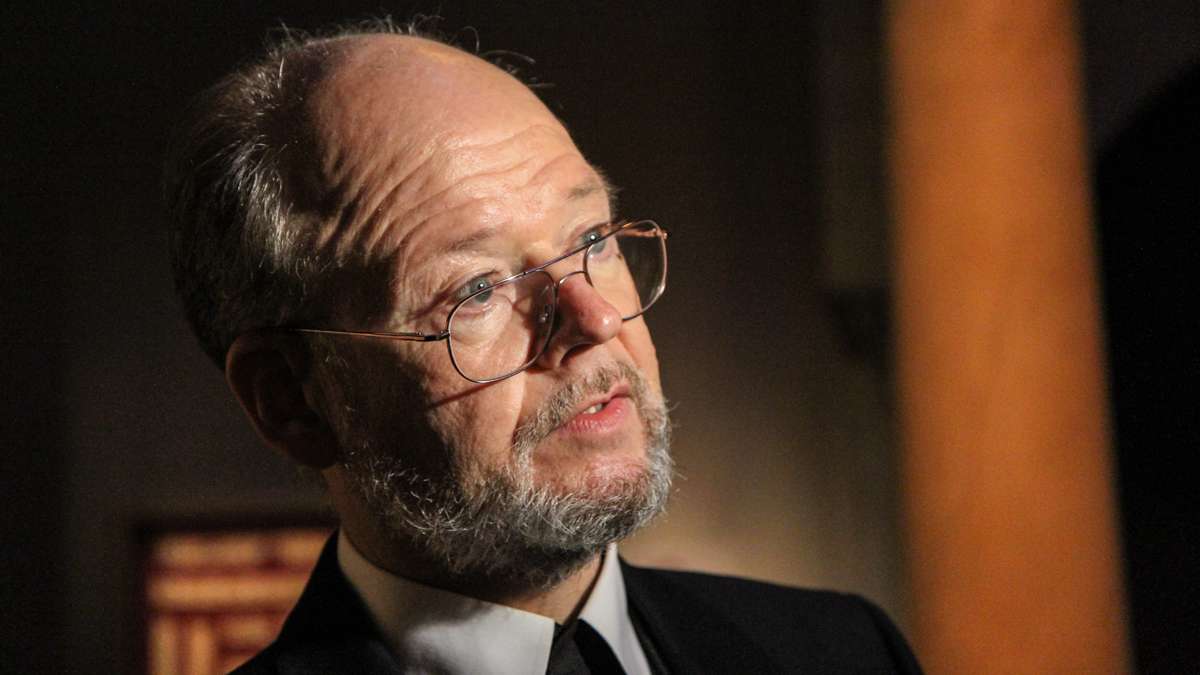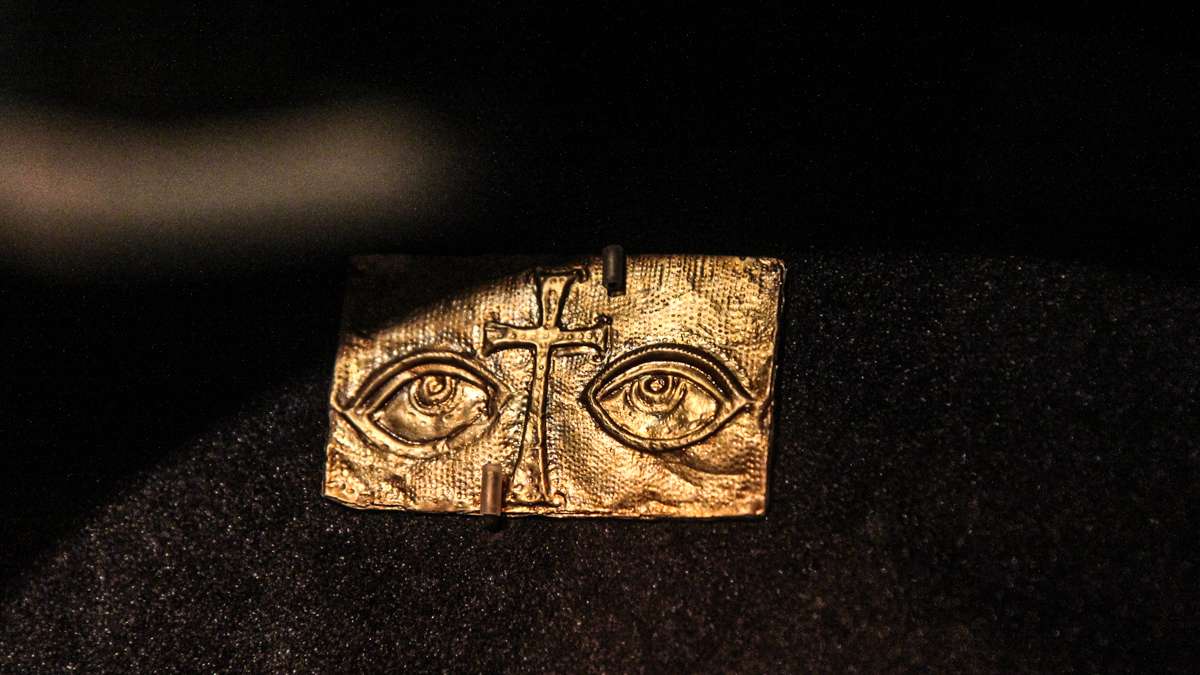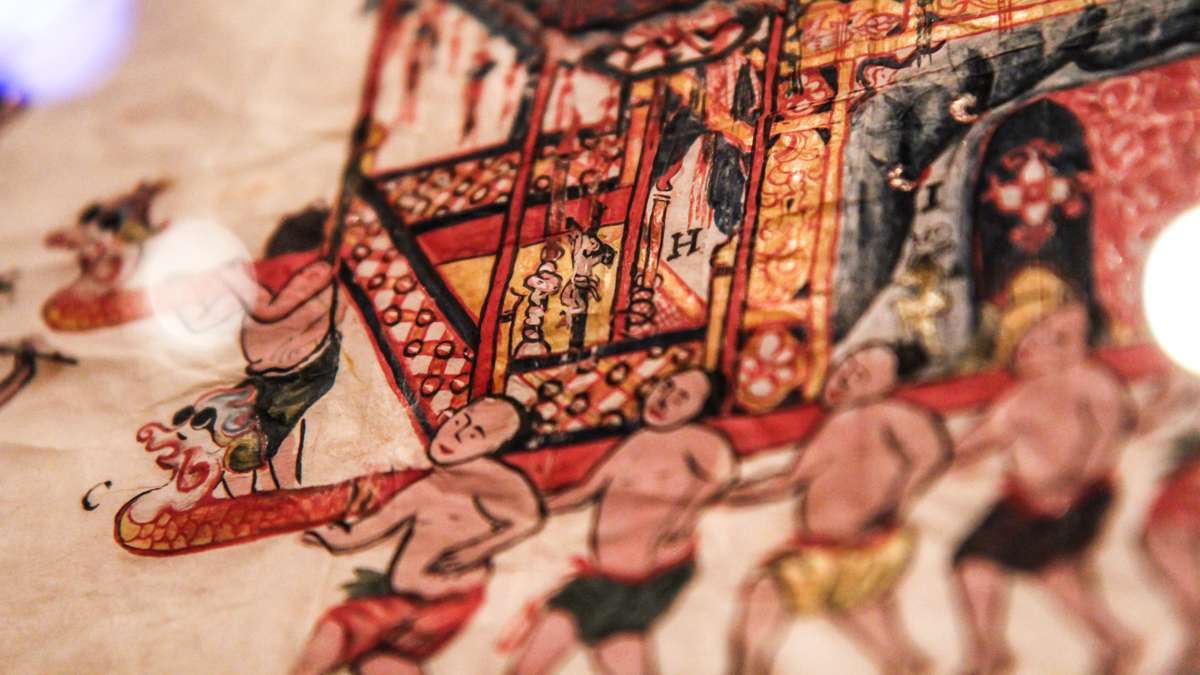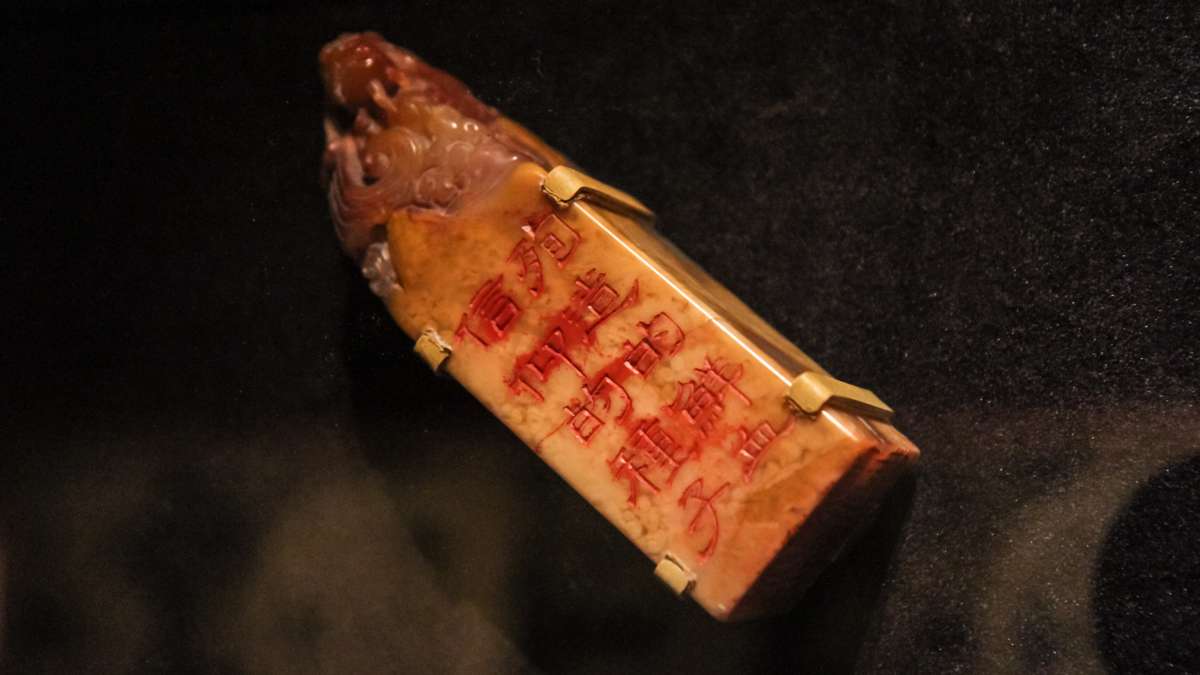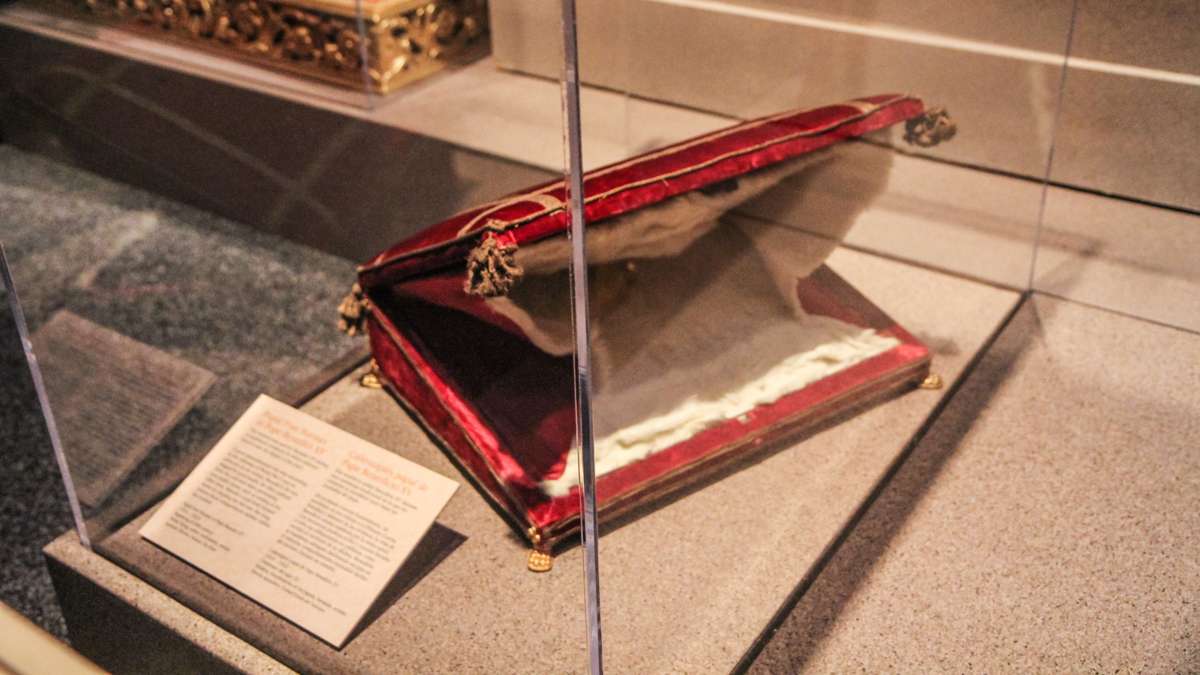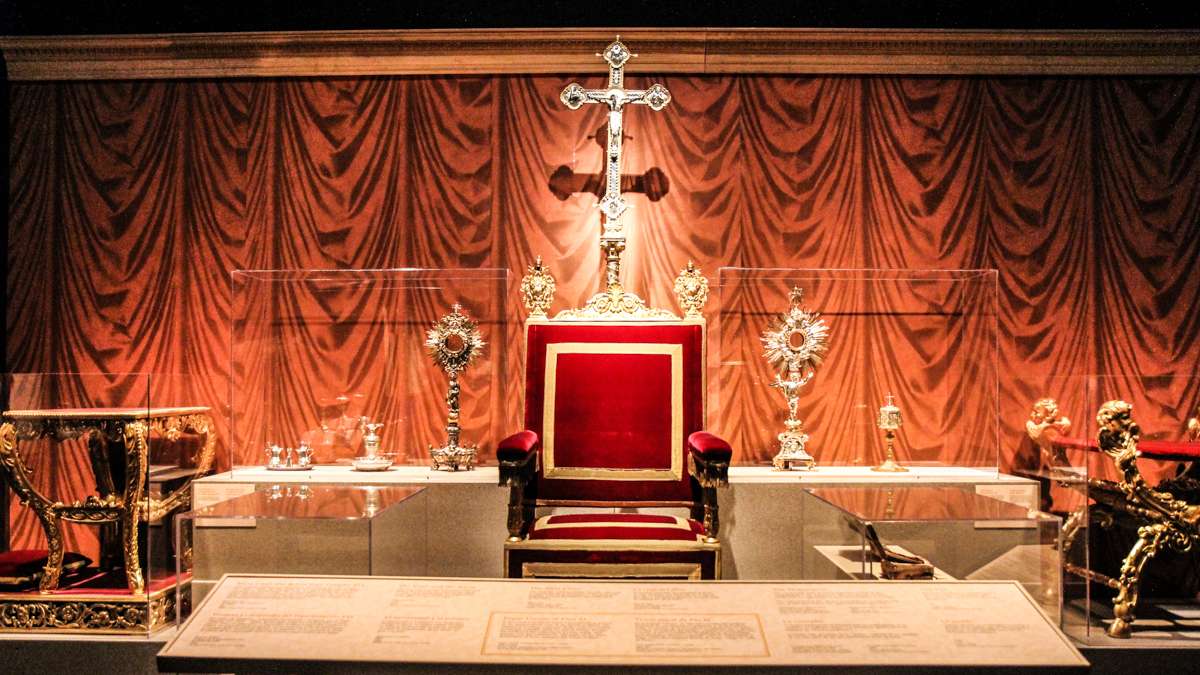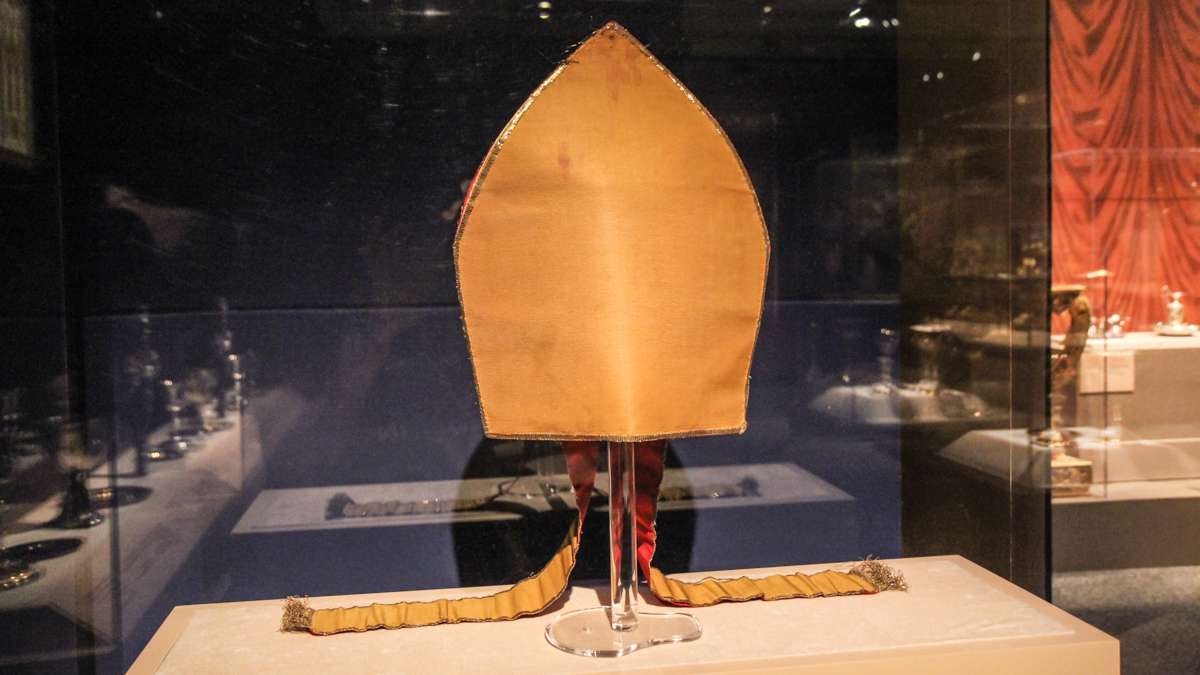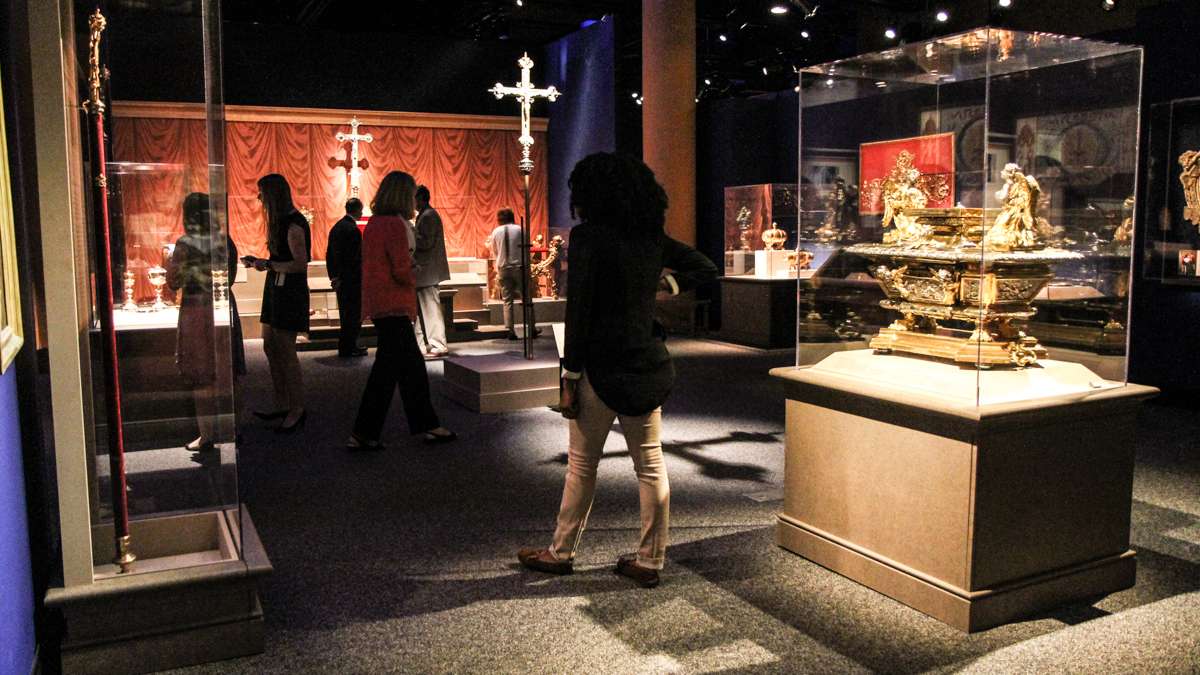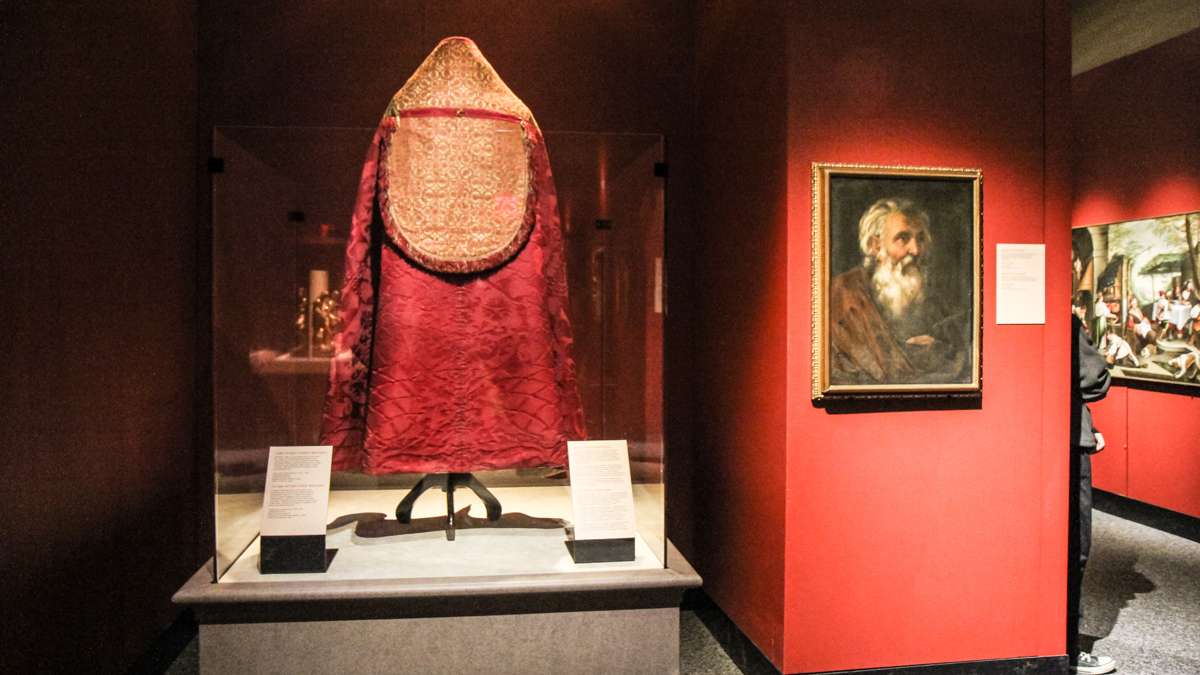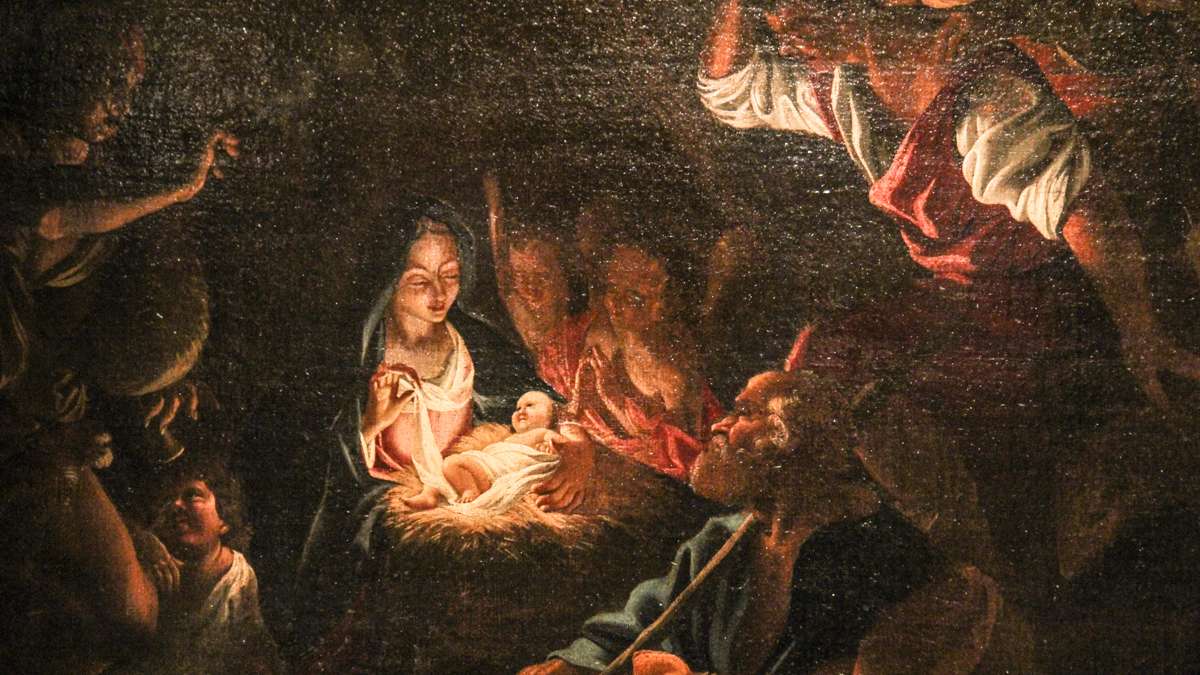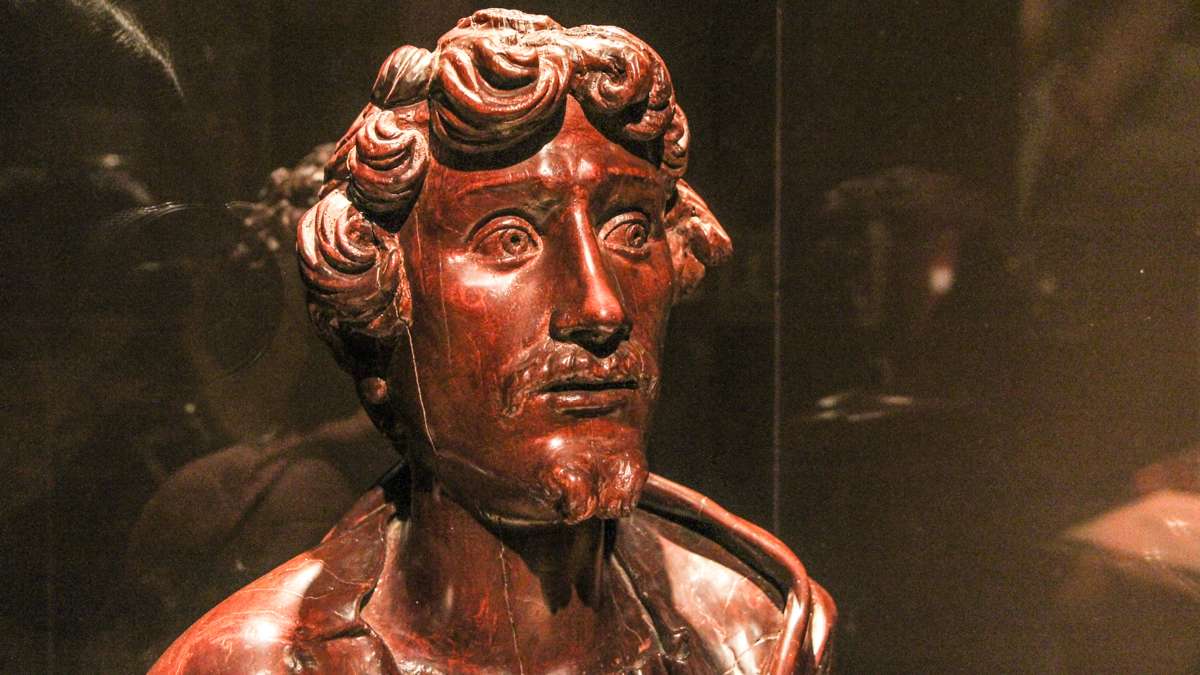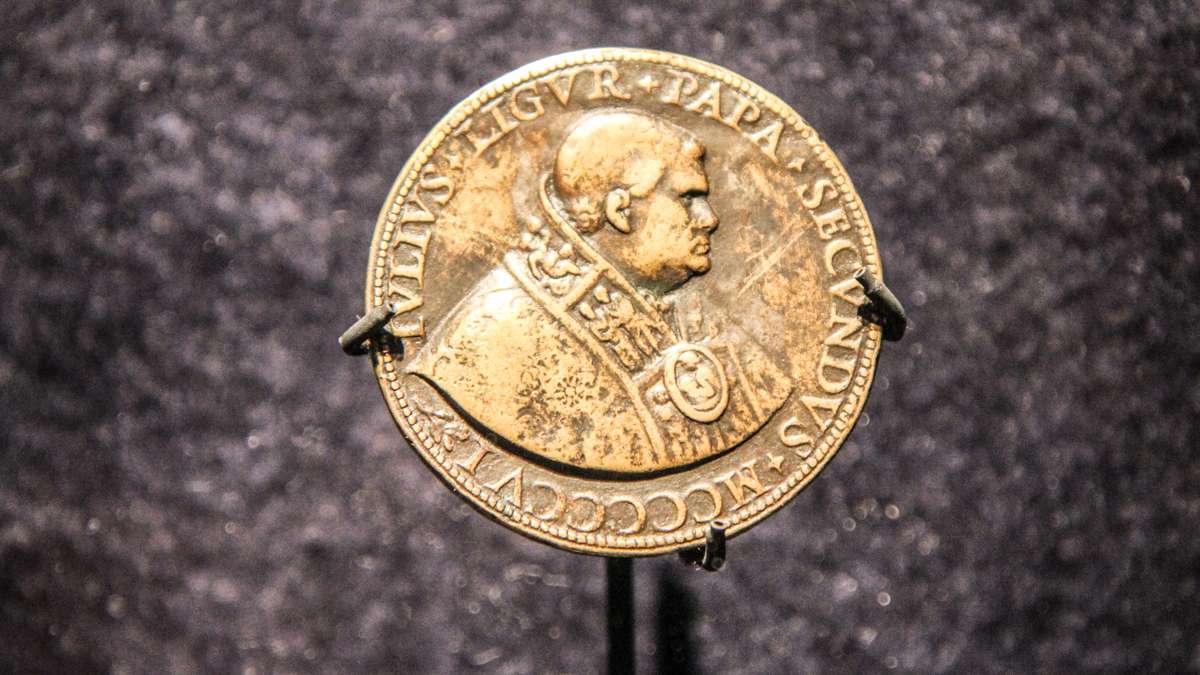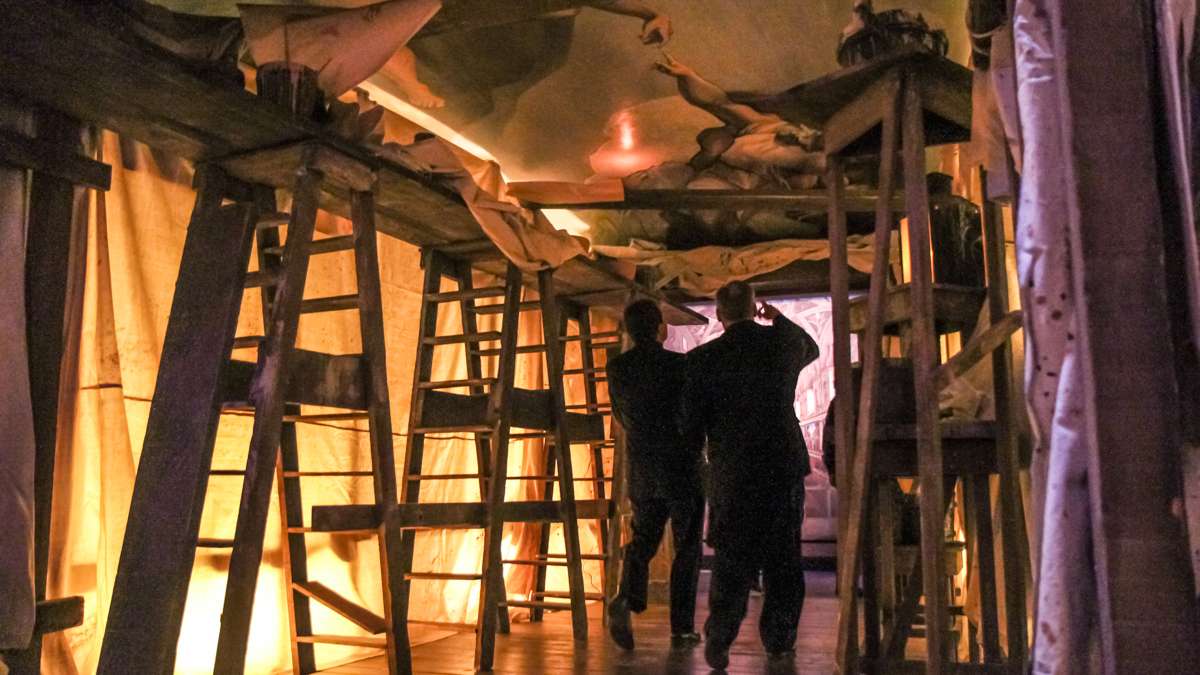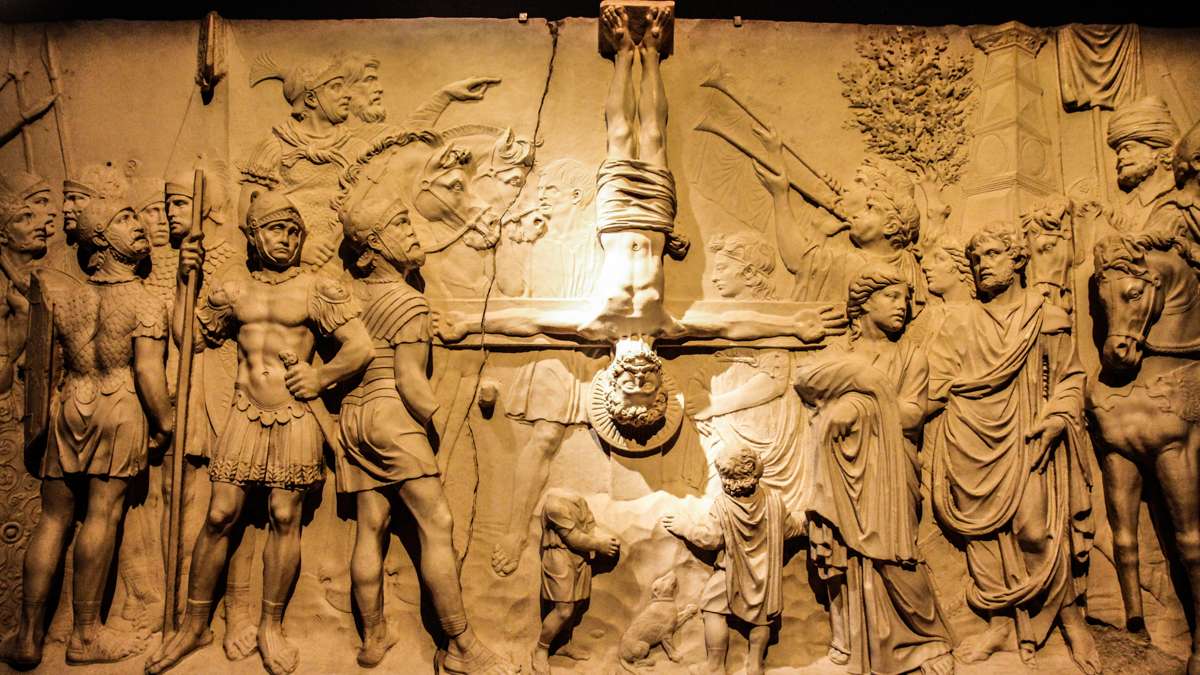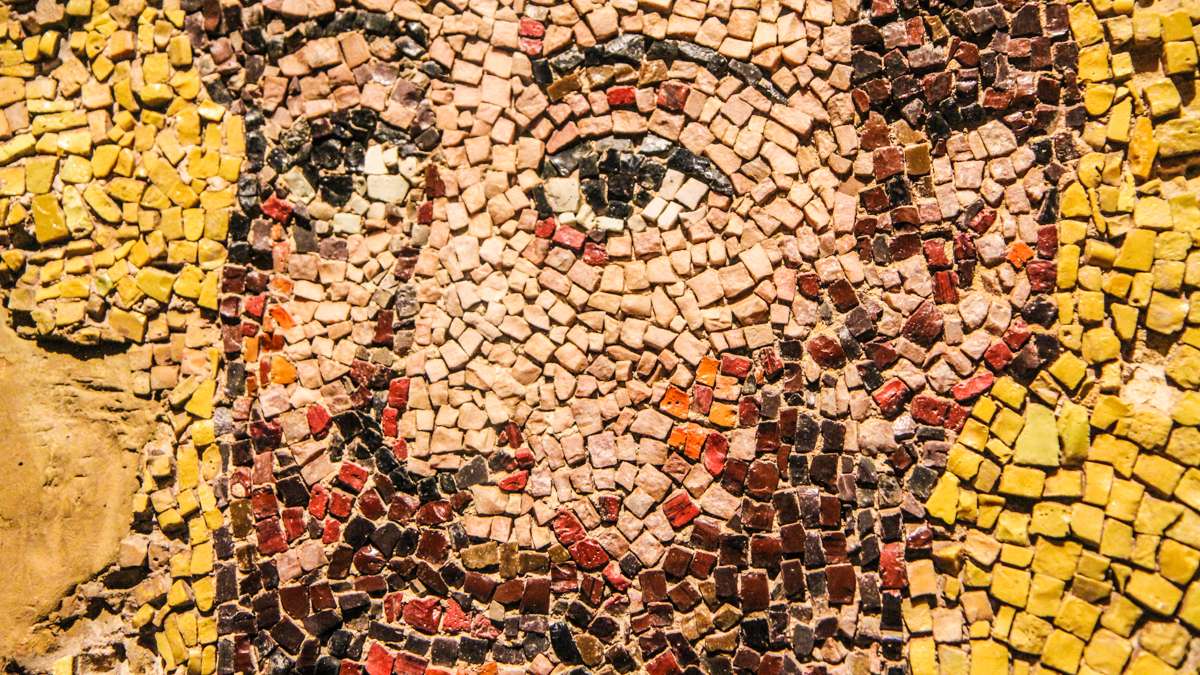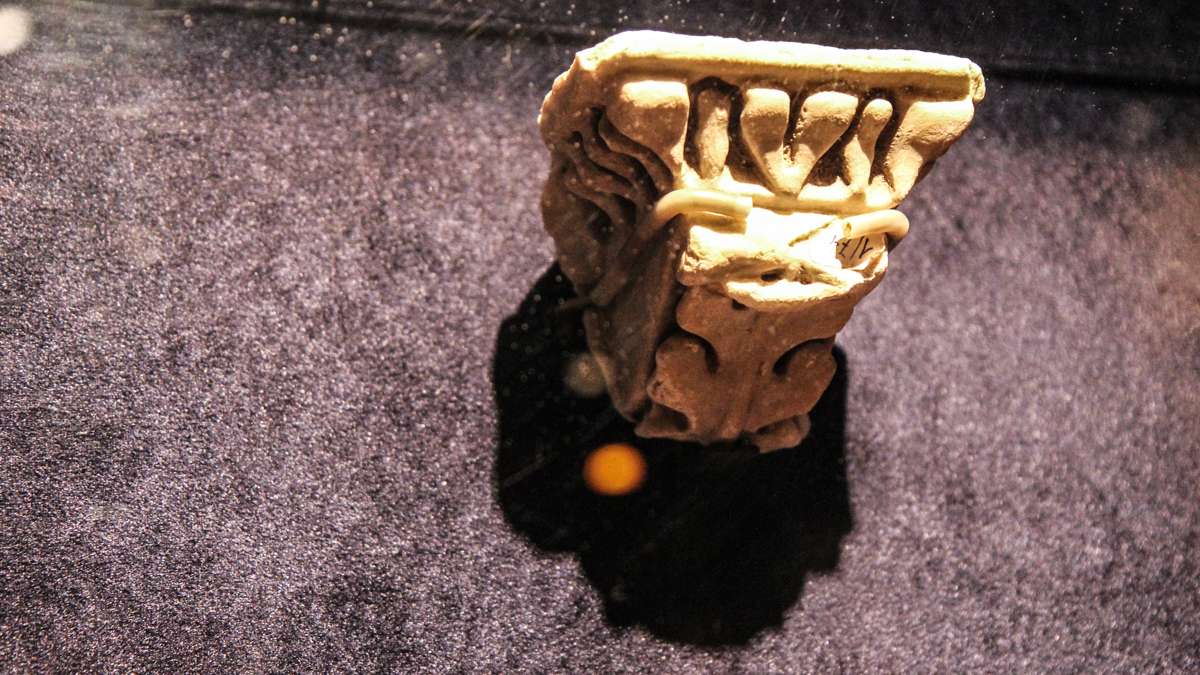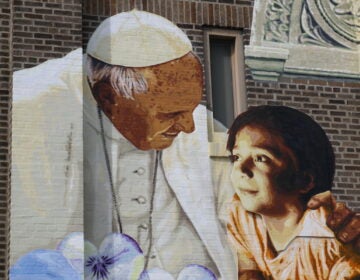‘Vatican Splendors’ offers touchstones of opulence, faith and far-reaching influence [photos]
ListenWith all the talk of simplicity surrounding Pope Francis, it could be easy to forget the Vatican’s artistic wealth and gilded exuberance.
Not to worry. The new exhibit at the Franklin Institute, “Vatican Splendors,” is a pilgrimage through the Catholic Church’s treasures in art and architecture. It’s also an exploration of the intersection of art, faith and science.
The 200 objects in the exhibition tell several stories, all centered on the Vatican’s power and influence — and not just in religious matters.
Brother Charles Hilken, historical consultant for the show, said it begins when the church was an underground movement.
“The church, in the first several centuries, was an illegal group without any means of expressing itself in art or in architecture,” he said. “And then once it was legal to be Christian, it had to find ways of expressing the faith so it became heavily dependent on ancient Greco-Roman models. “
That evolution is conveyed through paintings, carvings, documents , maps and other artifacts in the show. Visitors can also communicate, so to speak, with Pope John Paul II, now a canonized saint, by putting their hands in a bronze mold of his hand.
“This is a dialogue between art and faith, an expression of faith through art, said Hilken, as he led a tour of the exhibition. At one point, he stopped in front of a small painting by renowned 17th-century artist Giovanni Francesco Barbieri that is touchingly domestic.
It depicts Mary teaching baby Jesus how to read.
“We know that Jesus stood up in the synagogue and read from Scripture,” Hilken said. “And he had to learn how to read from somewhere.”
This is a case , he said, in which the artist used “historical imagination” to tell the story.
“Vatican Splendors” offers minuscule ex-votos and imposing sculptures, chalices decorated with precious stones, and simple vessels of gold and silver. There’s even an invoice signed by Michelangelo and the first map of Australia.
“One of the interests the church had is to know the people the missionaries were going to meet,“ Hilken explained.
Monsignor Luis Manuel Cuna Ramos, who heads the Vatican’s Congregation of the Evangelization of Peoples, said cartography was an important part of spreading the Gospel, mapping where missionaries were going. So were learning and printing in different languages.
“In 1627, the polyglot printing press was founded … and it could print books in 22 Oriental languages, which means there was a big investment in culture,” Ramos said. “And in so many occasions, the missionaries where the first ones to create and to compose the first dictionaries, the first grammars in so many languages.”
One of the books, a Tamil Bible, is written in strips of bamboo.
Fitting for its placement in a science museum, “Vatican Splendors” explores art preservation and the materials used to create these works — ranging from inks, to paint, to stone, to metals. There’s a keen emphasis on architecture and the builders hired to construct landmark Vatican buildings.
The exhibition is divided in thematic rooms. A passageway between two centuries is built as a makeshift scaffold, giving visitors an idea of what it was like for Michelangelo to paint the ceiling of the Sistine Chapel.
“Vatican Splendors, A Journey Through Faith and Art,” continues at the Franklin Institute until Oct. 4.
WHYY is your source for fact-based, in-depth journalism and information. As a nonprofit organization, we rely on financial support from readers like you. Please give today.


